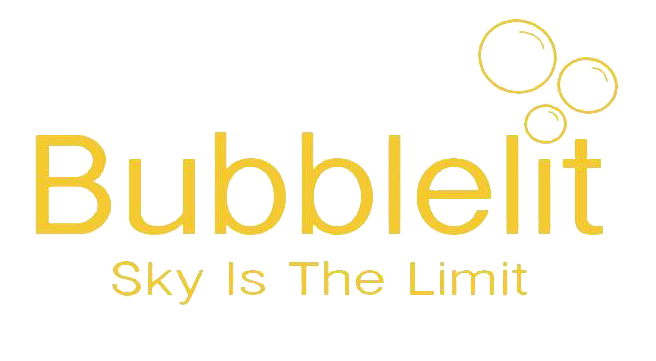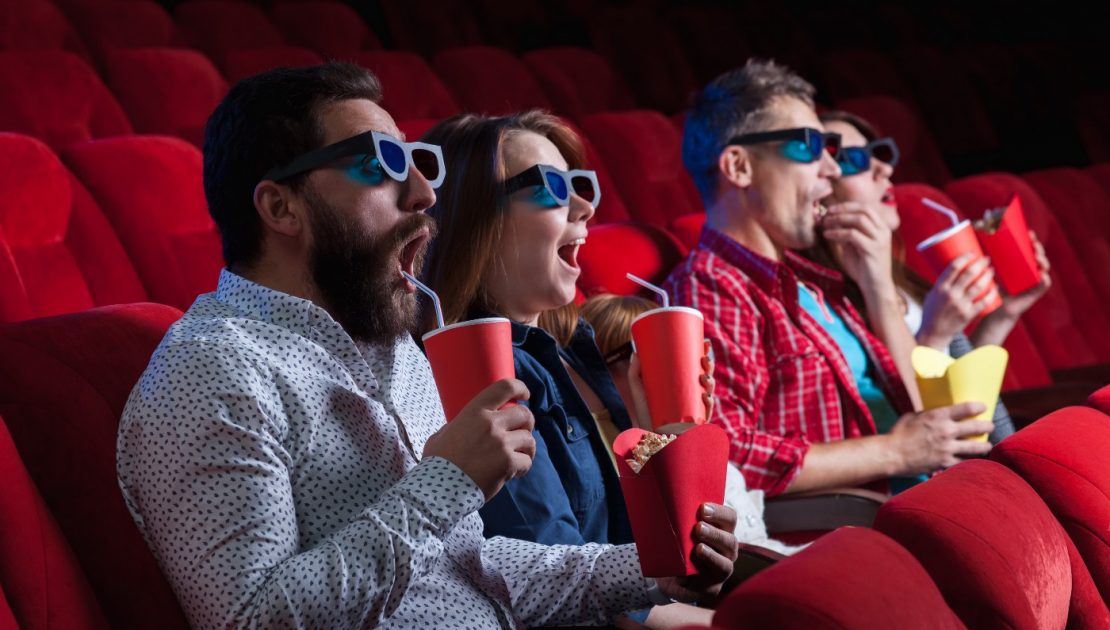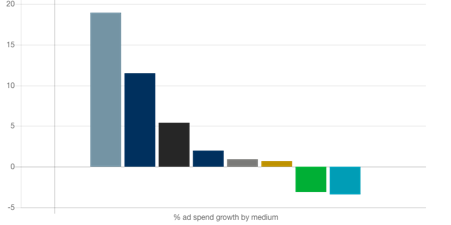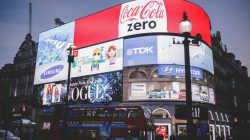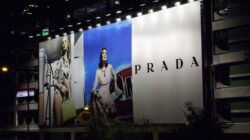Out-of-home advertising (OOH) mediums have been an integral part of advertising campaigns from the beginning. It started with billboards, gantries, but with improving city infrastructure we can see unipoles, megapoles, lamp posts, etc. Digital out-of-home commonly known as (DOOH) is replacing traditional paint-paper-poster with digital screens that can be operated remotely.
DOOH not only minimizes labour but also the time to go live with the campaigns is drastically reduced. Simultaneously the screens become a shared economy for shorter durations which also brings down the leasing cost.
